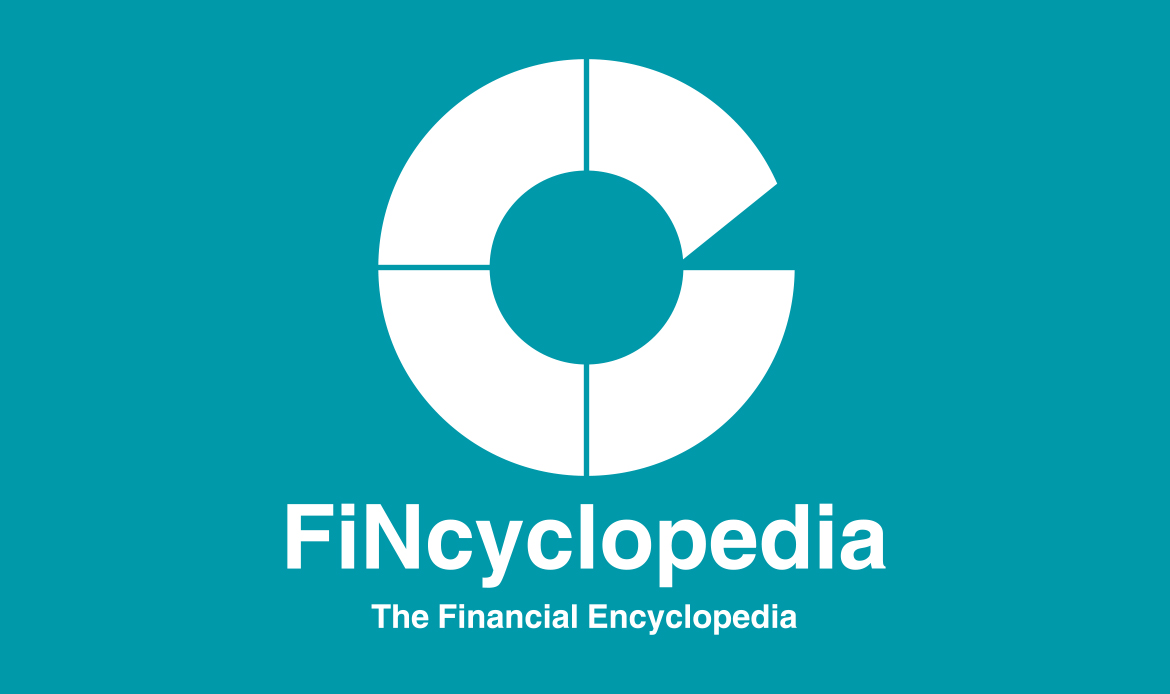Negative goodwill (NGW) arises when an entity acquires another for less than the book value of its assets and liabilities. The difference between the purchase price and the book value of an acquired entity (or its assets) is called “negative goodwill.” From the standpoint of the acquiring entity, a negative goodwill has no negative connotation at all. It is usually referred to as “bargain purchases” or “bargain purchase gain”.
Negative goodwill: purchase price < net value of acquired entity/ assets
A negative goodwill occurs when an entity acquires another or its assets (business combinations) for a price lower than its net value or value in the market (or its fair value). In other words, it is a goodwill gain for the acquiring entity (and a reduction in the overall value of the acquired, corresponding exactly to the amount of “negative goodwill”).
A negative goodwill is treated as non-cash income on an acquirer’s income statement as “gain from bargain purchase.” Alternatively, under other market practices, requires negative
goodwill is deferred on the statement of financial position (balance sheet) and gradually released through the profit or loss.




